North Tracks Expeditions
Wild Spring in the Far North
10 days Trip
Available dates 2026
15/05/2026 to 24/05/2026
26/05/2026 to 04/06/2026
06/06/2026 to 15/06/2026
Group size: 6 people Max
YUKON
Price per pers. CAD $6 000.00
Find us on
This exceptional journey takes us deep into the heart of the boreal spring — a fleeting yet powerful season when life returns in full force to the vast wilderness of the Yukon.
At this time of light and renewal, the boreal forests and alpine valleys awaken under the midnight sun. The days seem endless, offering golden hours ideal for wildlife observation and photography. It is the season of new life: young grizzly bears emerge cautiously from the forest, moose guide their calves through wetlands, and migratory birds return to lakes and marshes in a chorus of songs.
Blossoming flowers, vivid buds, low-angled light, and endless skies create a striking backdrop that shifts like a living painting throughout the day.
Each day is a full immersion in a vibrant and fragile world, where every animal encounter becomes a rare and meaningful moment — a curious lynx, an eagle in flight, a playful fox, or a watchful grizzly mother and her cubs.
A journey of wonder and deep connection to nature, carried by the quiet magic of the Arctic spring.
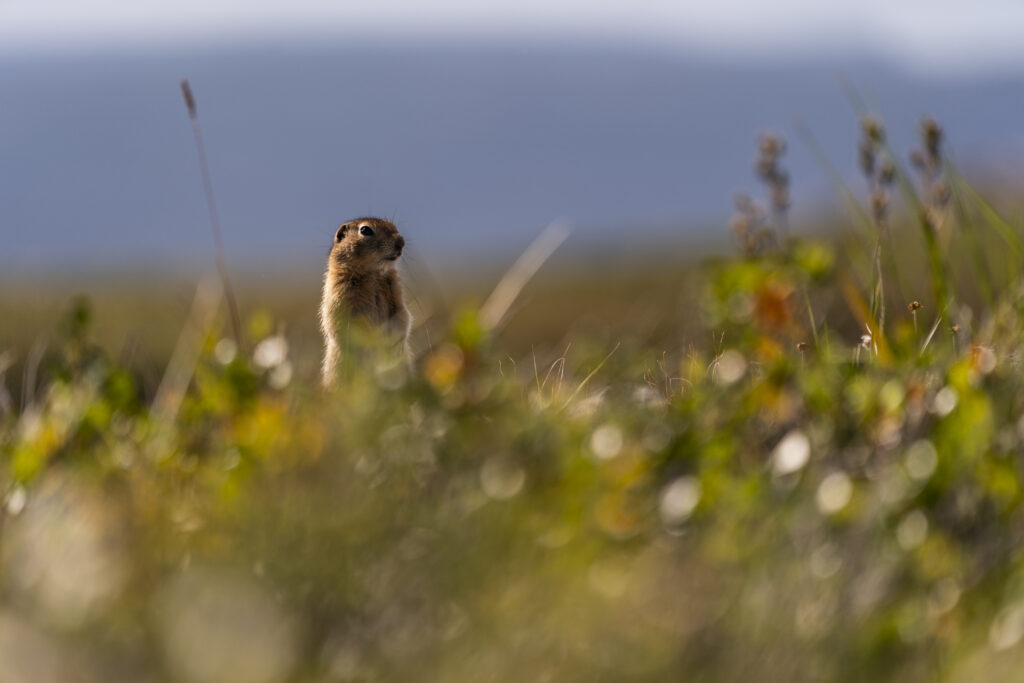
Highlights
Endless light under the Midnight Sun – Enjoy long golden hours perfect for photography and observation
Small group experience – Intimate and personalized (maximum 6 participants)
Spring awakenings – Witness births and unique seasonal behaviors in the wild
Immersive explorations on foot – Hike through untouched landscapes in search of wildlife
Cozy cabin life in the Far North – Live the northern experience in a warm, comfortable lodge surrounded by nature
Itinerary
Day 0 – Arrival in Whitehorse
Participants arrive in Whitehorse the day before the tour begins and spend the first night at the hotel (included), to rest from the journey and prepare for the adventure.
Day 1 – Departure into the wild heart of the Yukon
After a warm welcome at the hotel and a presentation of the tour, we make a few final supply stops before heading out toward the lodge. Located deep in nature, the lodge will be our base for the next nine nights. We settle into the cabins and enjoy a first immersion in the breathtaking surrounding landscapes.
Days 2 to 9 – Full immersion in the wild
Each day follows the rhythm of the light and the movements of wildlife. We head out early in the morning and again in the evening to maximize our chances of sightings and beautiful photographic conditions.
The area around the lodge, regularly visited by local wildlife, already offers great photographic opportunities: moose, lynx, bears, birds of prey, and even Dall sheep.
We will also explore nearby trails on foot, and occasionally by vehicle, always attentive to tracks, movement, or presence in the wild.
One day may be dedicated to an optional floatplane outing over glaciers and toward the mountains of Kluane National Park — a unique opportunity to photograph spectacular scenery, and possibly get a clear view of Mount Logan, Canada’s highest peak.
Each evening, we return to the lodge to share the day’s images in a warm and peaceful atmosphere.
Day 10 – Return to Whitehorse
We leave the lodge around midday and return to Whitehorse. One final hotel night is included before flights depart the next day.
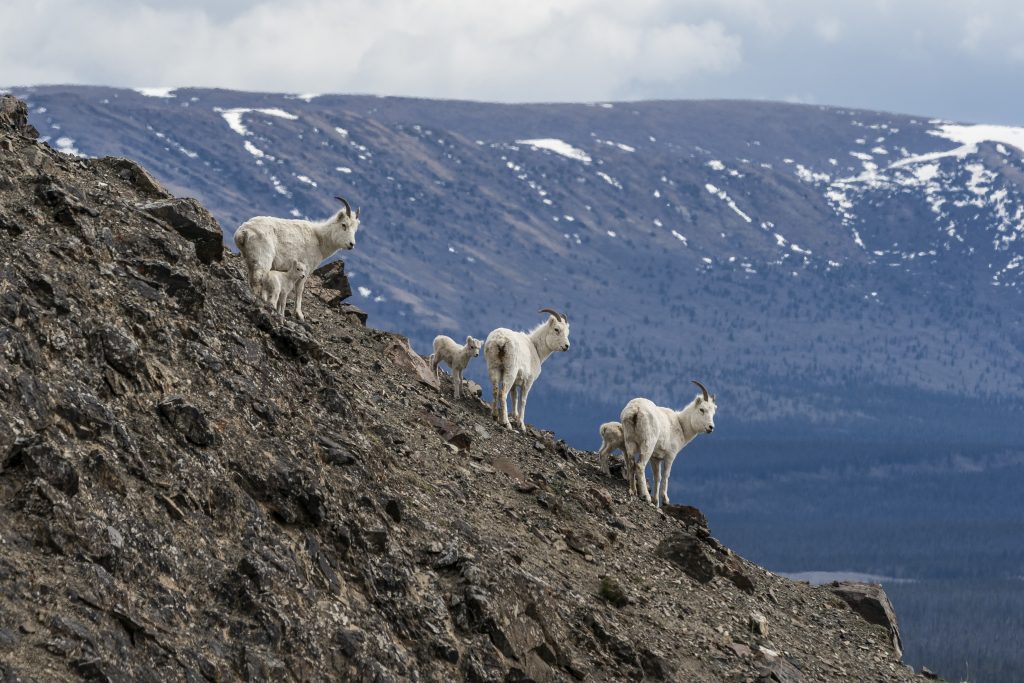

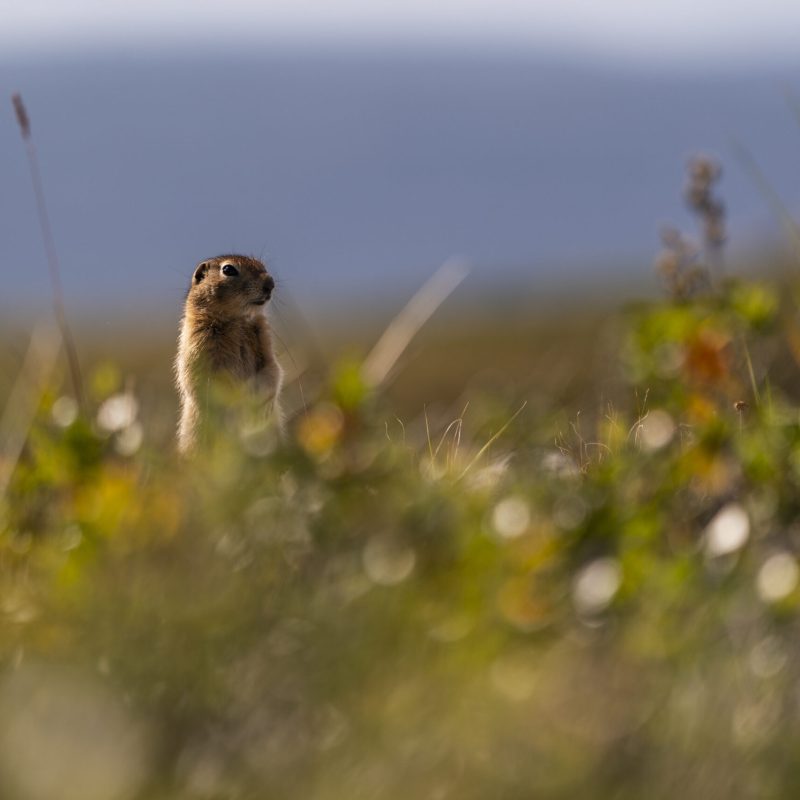
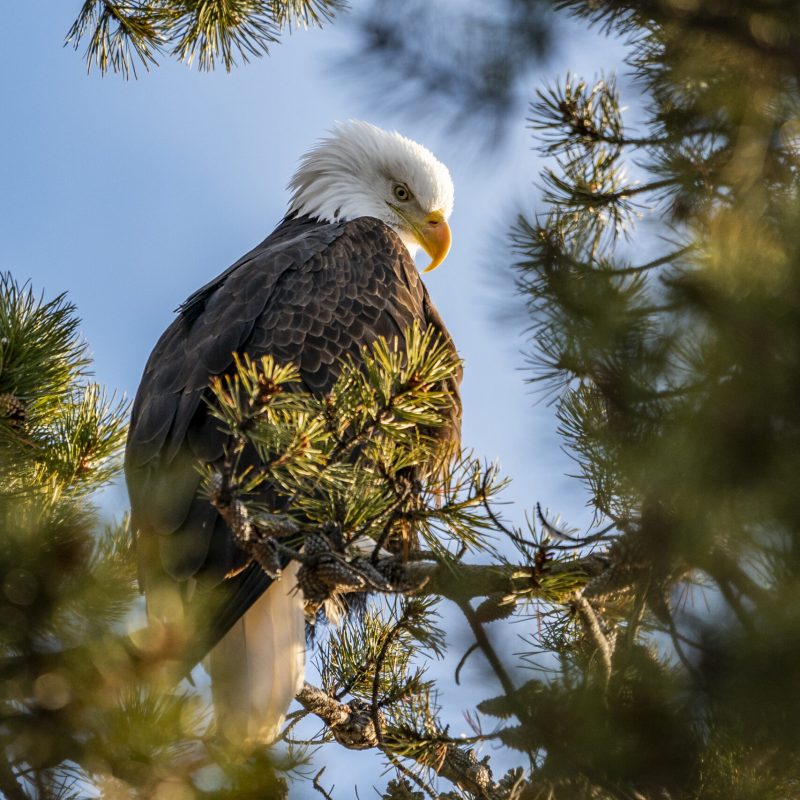
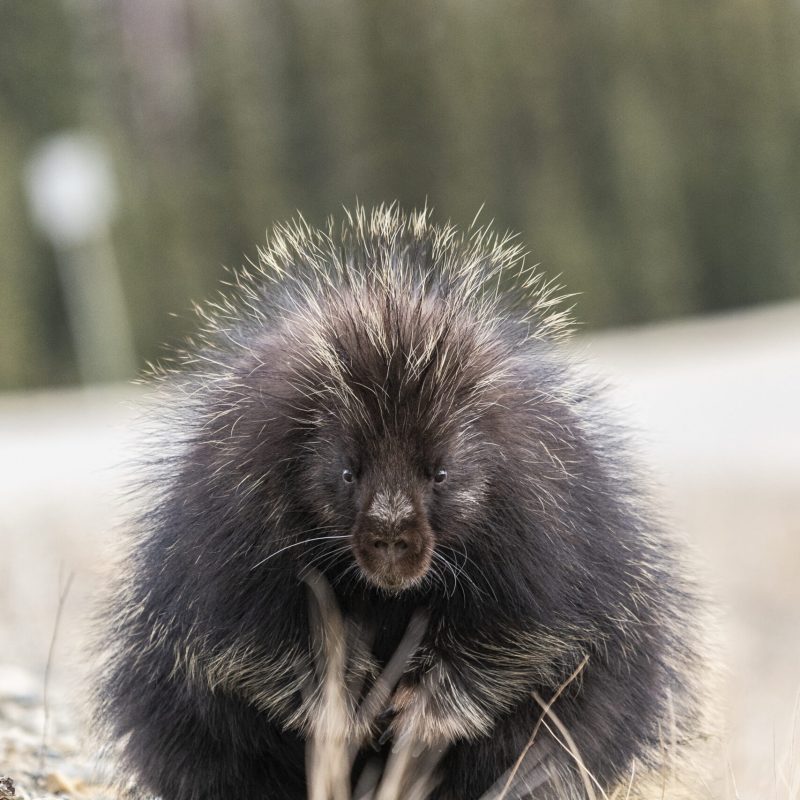

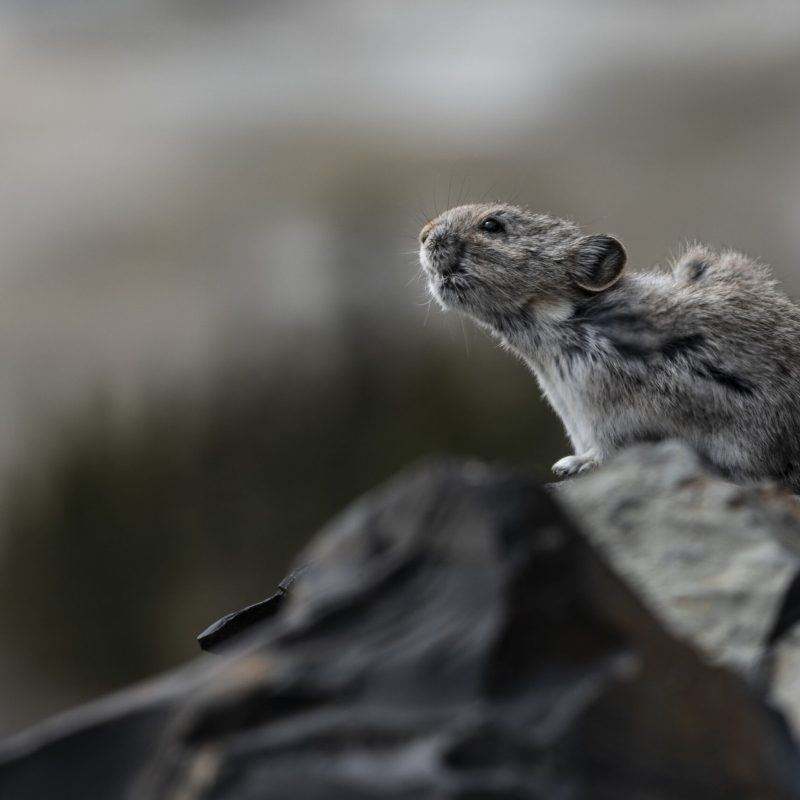
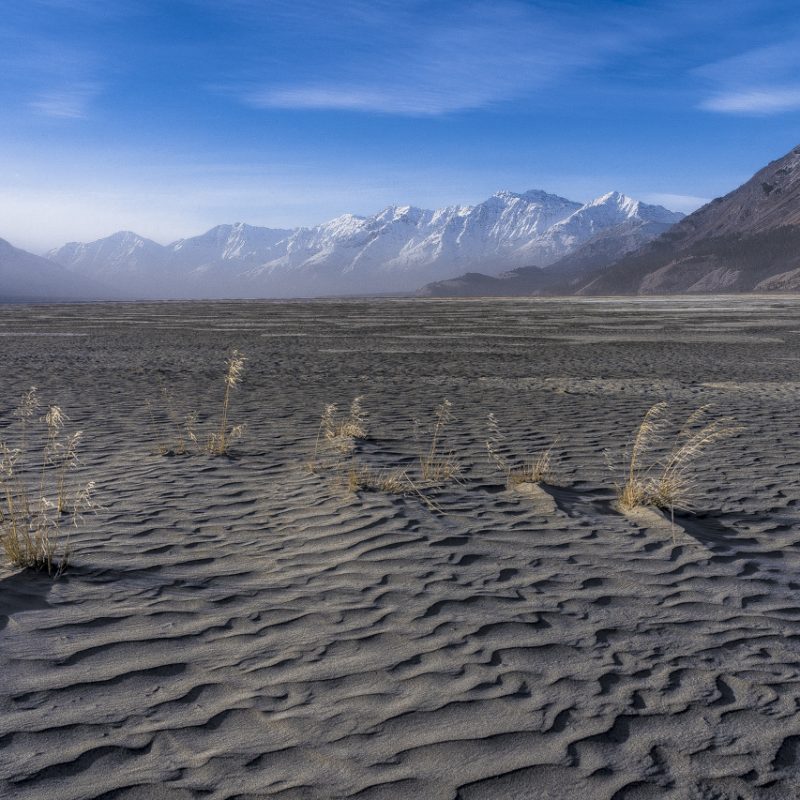
Included
-
2 nights hotel accommodation in Whitehorse in double room
-
9 nights at Kluane Lake Lodge in shared room with an other participant
-
Supervision by a local bilingual (Fr/En) naturalist and photographer guide
-
All meals except those on the first and last evening (D0 and D10)
-
Local transport and transfers
-
All group safety equipment
-
Not Included
-
Flights to/from Whitehorse
-
Single room supplement (on request / Extra)
-
2 evening meals in Whitehorse (D0 and D10)
-
Hotel - Airport transfer
-
Beverages, spirits
-
Personal expenses
-
Travel insurance (recommended)
-
eTA (Canada entry)
-
ESTA (USA entry)
-
Tips (To be determined by each individual)
-
Your own gear
-
More generally, any item not covered by the previous section.
-
Practical Information
This tour is open to anyone ready to fully immerse themselves in a natural and wild environment. Most observation sites are easily accessible and do not require any particular physical effort. The only exception is the mountain outing to observe Dall sheep — reaching their habitat may involve a steep ascent on uneven ground. A good physical condition and proper hiking boots are therefore recommended for this specific activity.
The rest of the time, every drive and walk becomes an exploration in itself, punctuated by spontaneous stops whenever wildlife, light, or landscapes present themselves.
🐾 Climate
In spring and summer, temperatures can range from 5°C to 25°C (41°F to 77°F). Please bring layered clothing suitable for a variety of weather conditions, as the climate can change rapidly. Sturdy, waterproof hiking boots are highly recommended.
🐾 Passport
Make sure your passport is valid for at least six months after the end of the trip.
Don’t forget to apply for your eTA (Electronic Travel Authorization) before traveling to Canada.
Photography Equipment
🐾 Camera Body
Bring at least one camera body that you are familiar with. Your guide will be available to help you with camera settings or new techniques if needed. A second camera body is a plus — it allows greater flexibility and avoids having to change lenses frequently, which helps protect your gear from dust.
🐾 Lenses
Any focal length between 16mm and 600mm can be useful. Wide-angle lenses are ideal for landscapes.
For wildlife, close encounters are sometimes possible, so anything between 70–200mm and 600mm will work well. A minimum of 300mm is recommended.
If you’re using a crop sensor camera, don’t forget to factor in the crop factor — it effectively increases your focal length without losing image quality.
🐾 Memory Cards
Bring multiple memory cards so you won’t be limited during your shoots. We return to the lodge each evening, so if you bring a laptop and external hard drive, you’ll be able to back up your photos daily and reuse your cards.
🐾 Batteries
Have multiple spare batteries on hand — depending on usage, they can run out quickly. Like memory cards, they can be recharged each evening, so remember to bring your charger and a North American power adapter (two flat prongs).
🐾 Accessories (Optional)
- A pair of binoculars
A flash is not recommended to avoid disturbing wildlife
A tripod or monopod
A cleaning kit (microfiber cloth, brush, air blower)
A bean bag (rice bag) to stabilize your camera on the ground or other surfaces — rice can be purchased locally if needed.
🐾Luggage & Carry-On
It is recommended to travel with a backpack and a suitcase.
If you have any medication, keep it in your carry-on bag along with prescriptions, in case of lost or delayed luggage. The same goes for your camera gear and batteries (never put batteries in checked luggage). However, accessories such as tripods and monopods must be packed in your checked bag.
⚠️ IMPORTANT: Be sure to check the baggage weight limit set by your airline to avoid additional fees.
